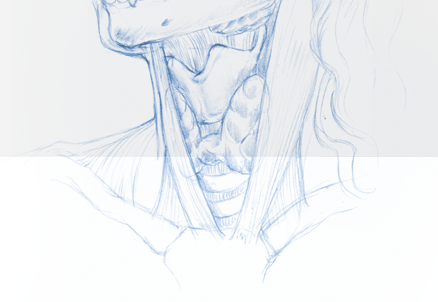Restoring facial appearance with oromandibular reconstruction can return a patient to function.
- By: Daniel Buchbinder, DMD, MD
- August 31, 2012 in For Physicians
It’s more than making someone “look normal” again, although that is a primary concern after a person has been through the resection of a tumor in the facial region. Restoration of the mandibular contour and motion is critical to allow for normal chewing. Restoring sensation in the lips and soft tissue and dentition can also be part of the process, depending on the particular needs of the patient.
How can we offer patients reconstruction that gives them back the function they have lost? By using bone-containing composite flaps, we can reconstruct the missing mandibular segment. We most commonly use the fibular osteocutaneous flap, the iliac crest, and the scapular osteocutaneous or osteomyocutaneous flap. Decisions about where the bone is transferred from depend on individual situations.
Primary reconstruction is based on the size and location of the mandibular bone defect, the size and location of the soft tissue defect, and the quantity and function of the remaining tongue. We also consider any prior radiation therapy to the oral cavity or prior surgery and the quality of the remaining native teeth.
Our goal is to restore facial form and function as fully as possible to the patients in our care.

